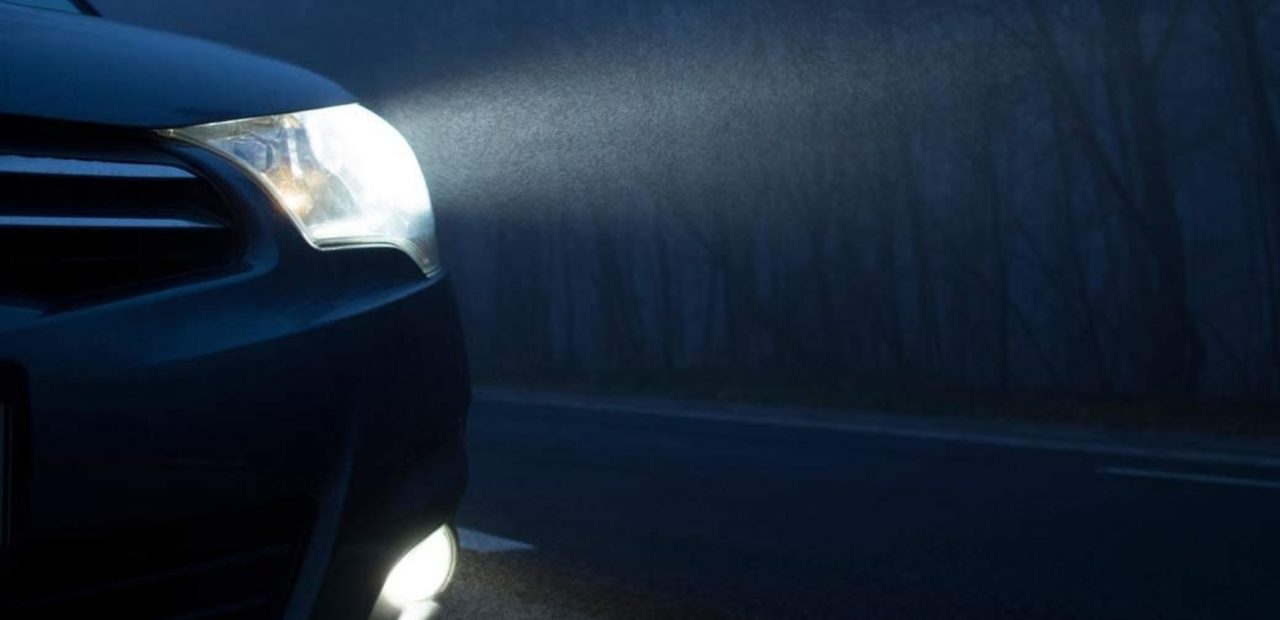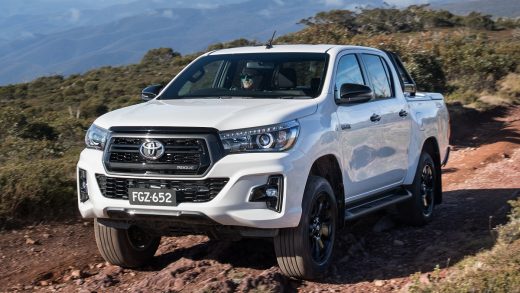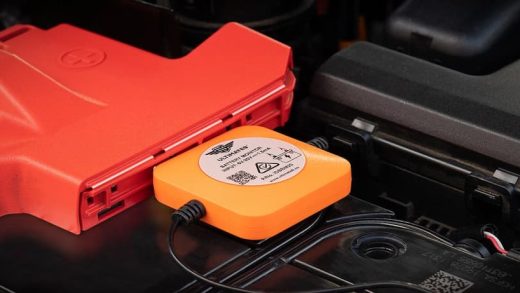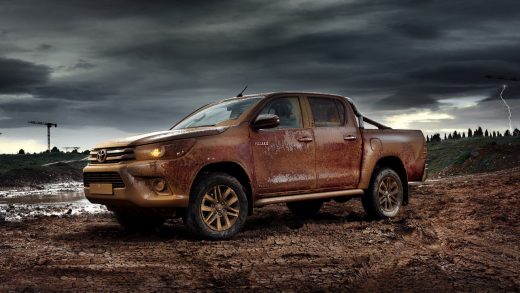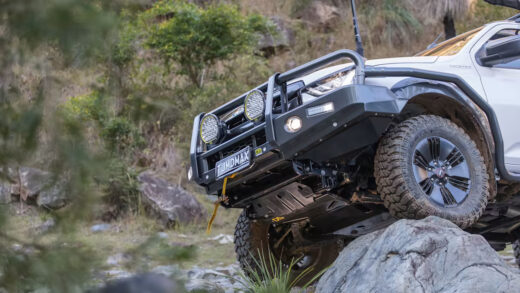A Beginner’s Guide to Buying Driving Lights
Your vehicle’s stock lights are usually more than adequate in everyday urban driving. In areas that are well-lit at all times, even older high and low beams illuminate the road ahead to ensure safety. And even bad weather can be handled with fog lights, which now feature as standard equipment in newer cars. But what happens when you venture out of city limits, on open roads that are difficult to navigate even during the day?
A large portion of off-roading is done in areas with poor visibility, hindered by dust and haze, and the situation gets worse when the sun sets. To avoid damaging your 4WD in sudden meetings with Aussie wildlife, or miscalculating the nest bend due to obstacles that you just can’t see, you’ll want a dedicated set of 4WD driving lights. These complement your car’s head and fog lights too, so you can make your way through any trail or path in the safest possible way.
Contents
What Are Driving Lights?
Driving lights are aftermarket additions to your vehicle. They are auxiliary lights designed to project light further and wider than your standard high beams. To this end, they are positioned in line with the grille and headlights or can be installed higher up, along with 4×4 accessories like bull bars or roof racks.
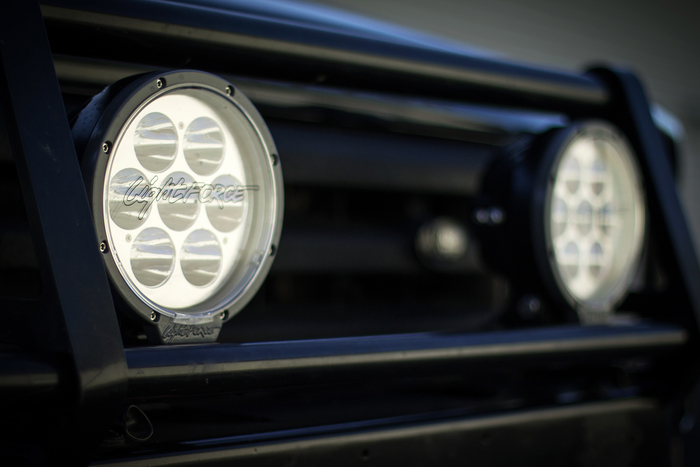
They are sold as either single or paired rounded globes that emit a high-intensity spot beam and work well with a light bar to widen your field of vision. Different lighting tech is used, and at different price points, but LED driving lights are the ones most buyers choose.
What to Look for in Driving Lights
As mentioned, there’s variety when it comes to driving lights. Choosing your next setup will depend on a few considerations:
Halogen, HID or LED – Which Technology Is Best?
Halogens are old-school lights, which light up using an inert gas and a tungsten filament set in a vacuum inside a glass tube. They provide mediocre brightness levels, compared to the other two options, with the most powerful halogens rounding out at 1000 effective lumens (more on lumens later). To do this, they draw ample amounts of power from the battery and create considerable heat that also affects how long they last. You’ll be changing out halogen bulbs more often, even though they come in as a bit cheaper.
High-intensity discharge (HID), also called Xenon lights, are a more up-to-date alternative to halogens, in that they too use heat to charge gases and rare metals to create light. What makes them different is the colour temperature. Where halogens tend to emit a warm light, orange or yellow, Xenon lights cover the opposite end of the colour spectrum and shine in cool blue or purple colours. This is not ideal in harsher off-roading conditions as it strains the eyes. HIDs however have some of the best brightness levels, while draining half the power of comparable halogens.
But neither halogen nor Xenon lights can compete with LEDs. These in essence are not bulbs, but light-emitting diodes that light up when a current is sent through a semiconductor. Their advantage is that there is no heat as such, so LEDs will considerably outlast both types.
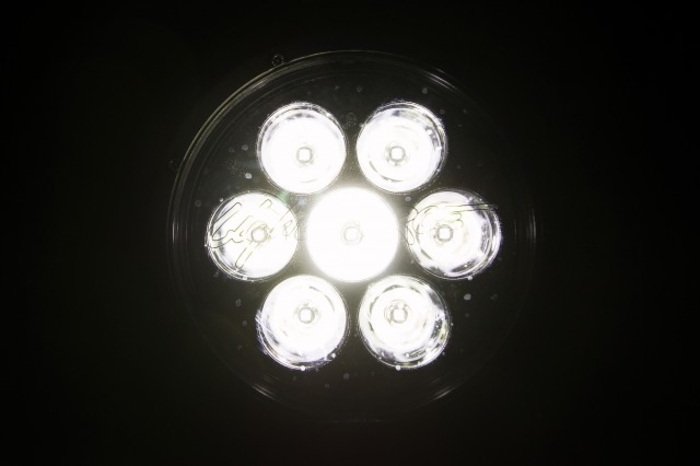
Most LED driving lights are rated upwards of 50,000 working hours, providing light that is also instantaneous and in high outputs. This helps in countless situations. It allows for more time to better adjust to dangers on the road, something that Xenons and halogens, in particular, aren’t up to, considering the warm-up times.
Next, they have the lowest current draw. LEDs are the most efficient lights in this comparison, using roughly a tenth of the power needed to power a comparable halogen bulb. Putting less strain on the battery means you can use more LEDs at once, fitted in different locations along the vehicle, to get the best levels of visibility possible. As such they come in a lower wattage, so can also be made in smaller units.
In practice, the best driving lights are those that combine both spot beams for better visibility in the distance, and flood beams to see a wider spread of light closer to the vehicle. Separate LEDs can be grouped together in a single housing to provide both a spot and flood beam. The best of both worlds.
Then, there is the brightness level. These can match and even exceed the best Xenon lights, with low losses of effective lumens since there are low levels of heat. Most LEDs though will be tuned for overall durability and lower power needs.
Lastly, LEDs can be calibrated for the widest colour temperature ranges. For the best results, look for LEDs with around 5000k. This is white light, akin to that of the sun at midday. It has the most natural look, so you won’t be squinting at what lies ahead.
The LUX Rating
When sourcing your next set of driving lights look for high effective lumens, or the available light you’ll see from the driving lights after they’ve been on for 30 minutes or more. Related to this is the LUX rating, or how far the beam shines in the distance. Most LEDs are more than capable to illuminate your path by up to 1000 metres ahead.
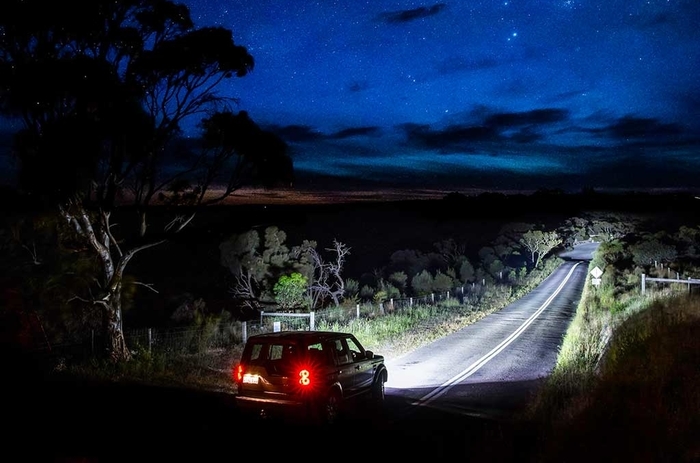
Colour Temperature
Next is a natural colour temperature, between 5000 and 6000 Kelvin. Measurements below or above these figures will affect how your eyes adjust.
Build and Accessories
Lastly, get lights in quality metal housings, with clever lens arrays for better light dispersal, and simple plug-and-play wiring for easy installation and maintenance. Accessories like mounting brackets allow drivers to mount their driving lights in different locations, and at the desired angles. Covers and filters help in protection and light spread.
Remember that LED driving lights are yet to be approved for highways and city driving. But for off-roading, with little to no traffic, they’re an irreplaceable necessity. You can get them at specialised automotive lighting stores nationwide.

